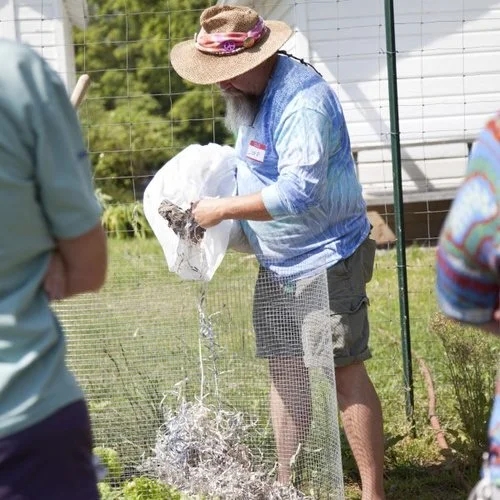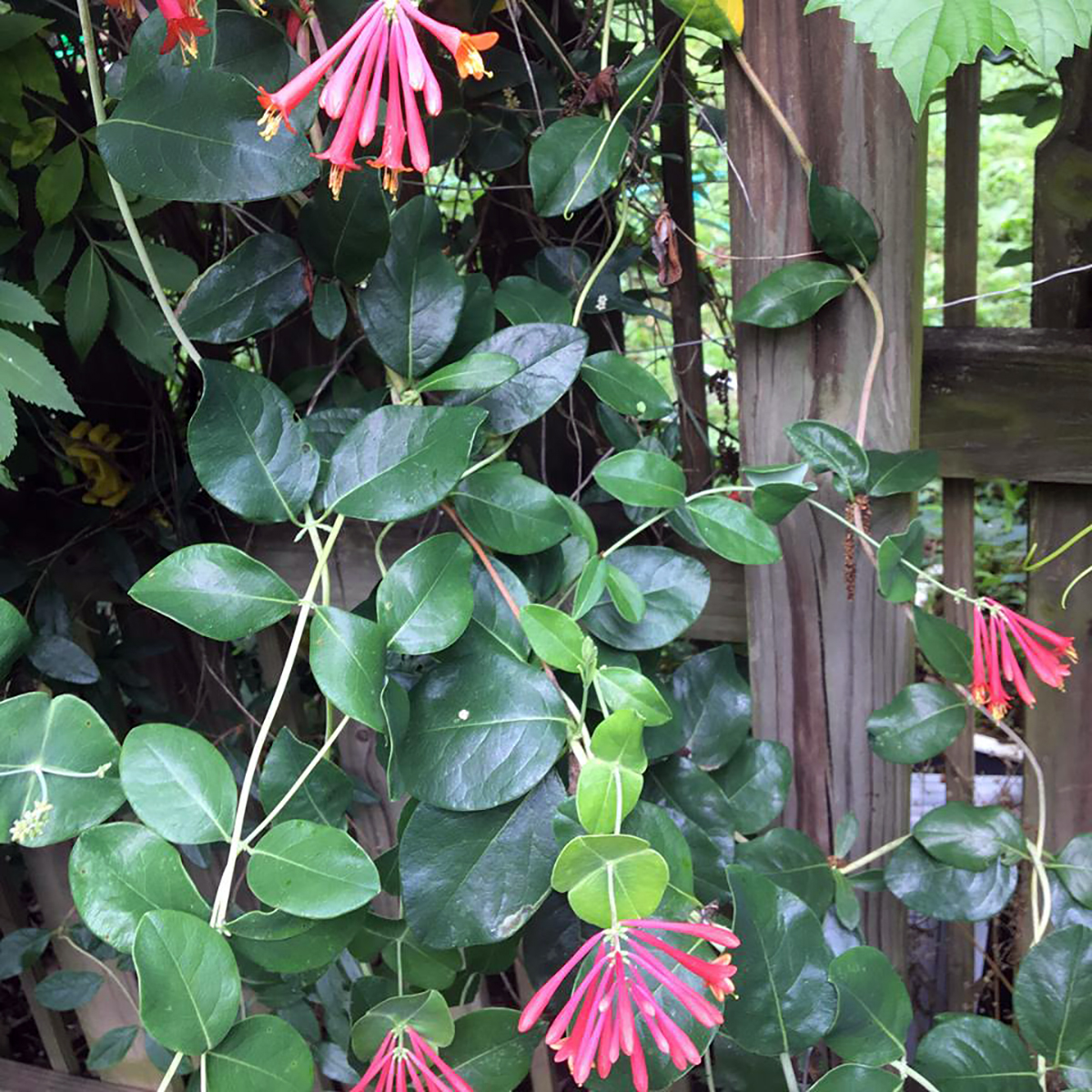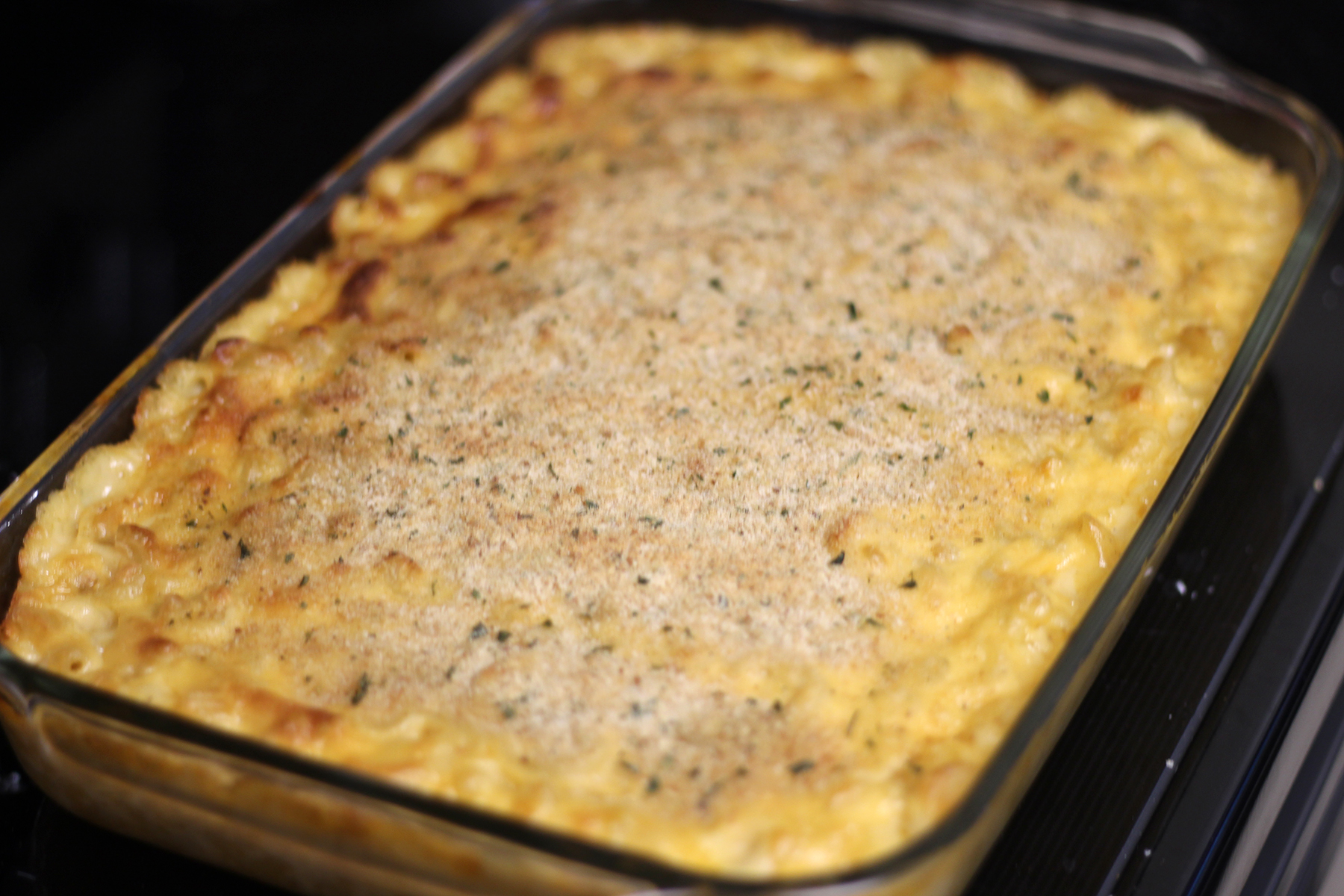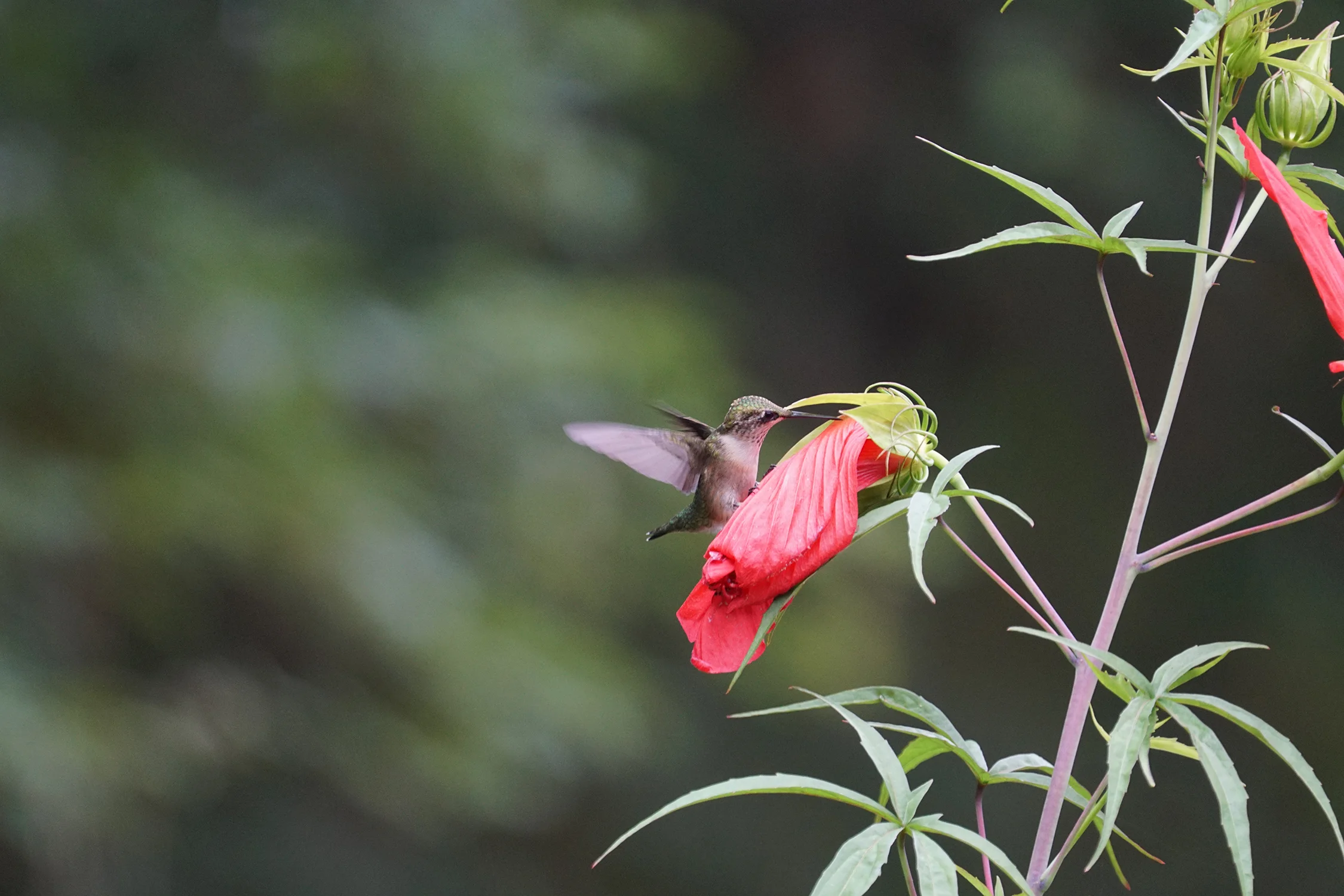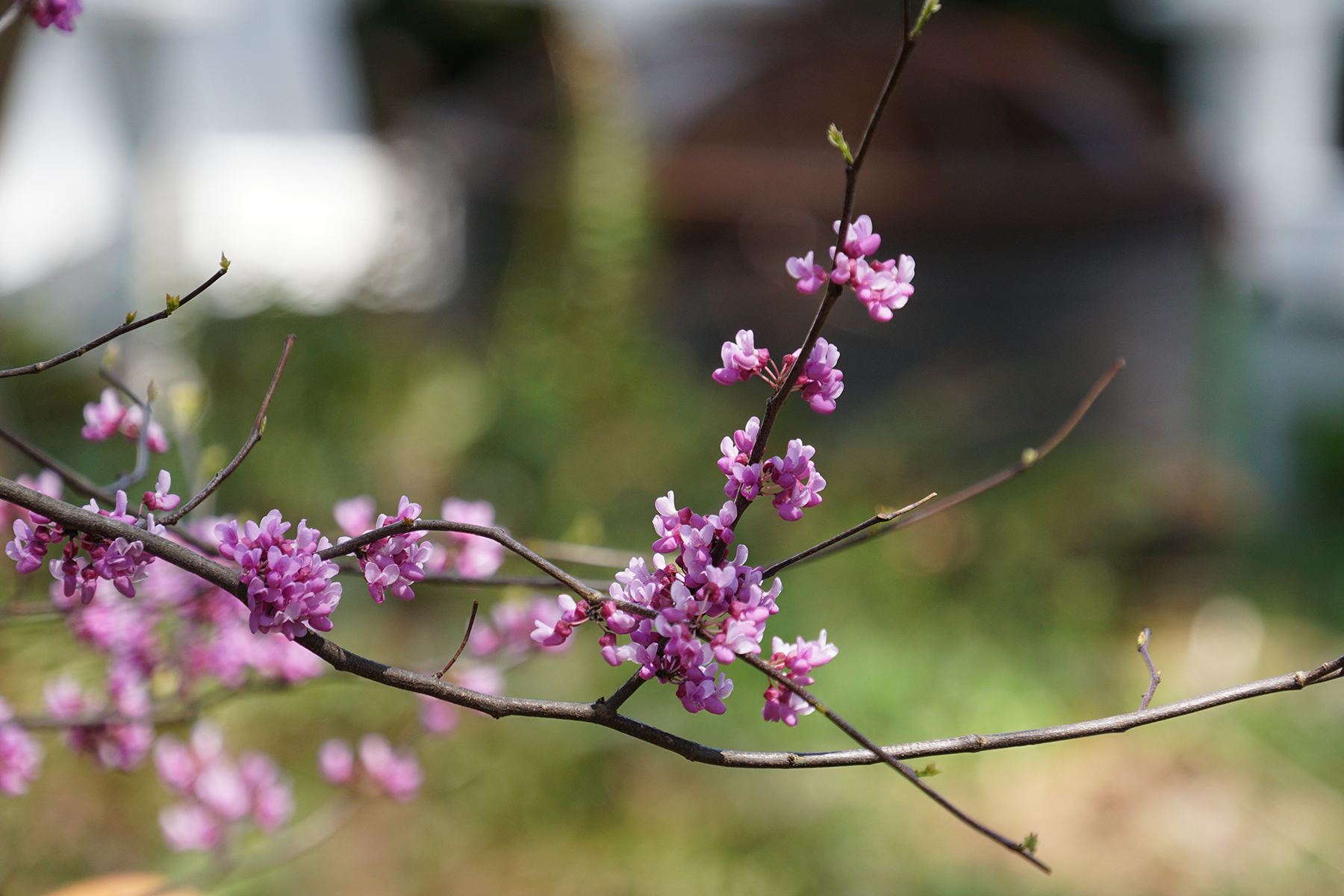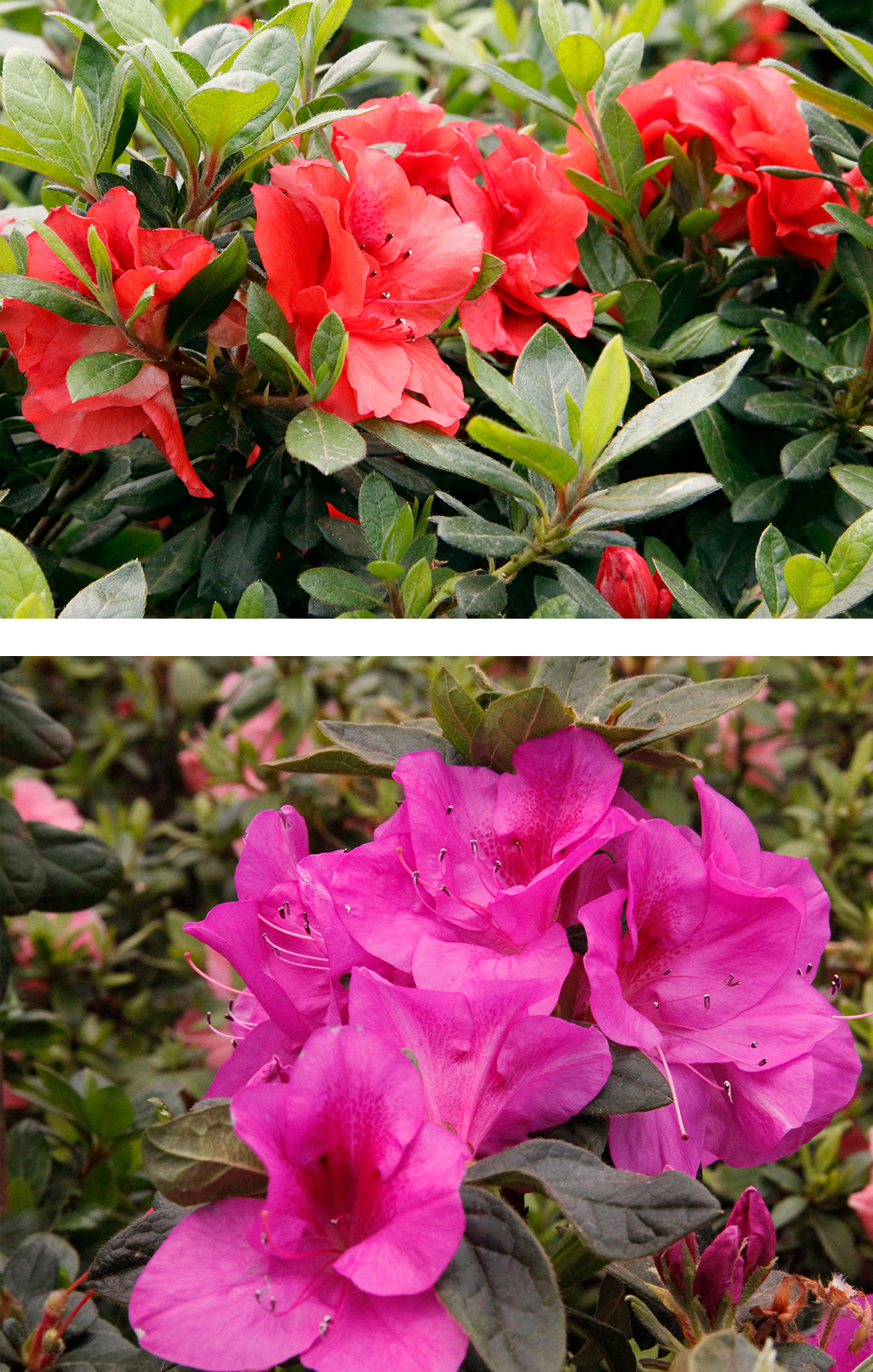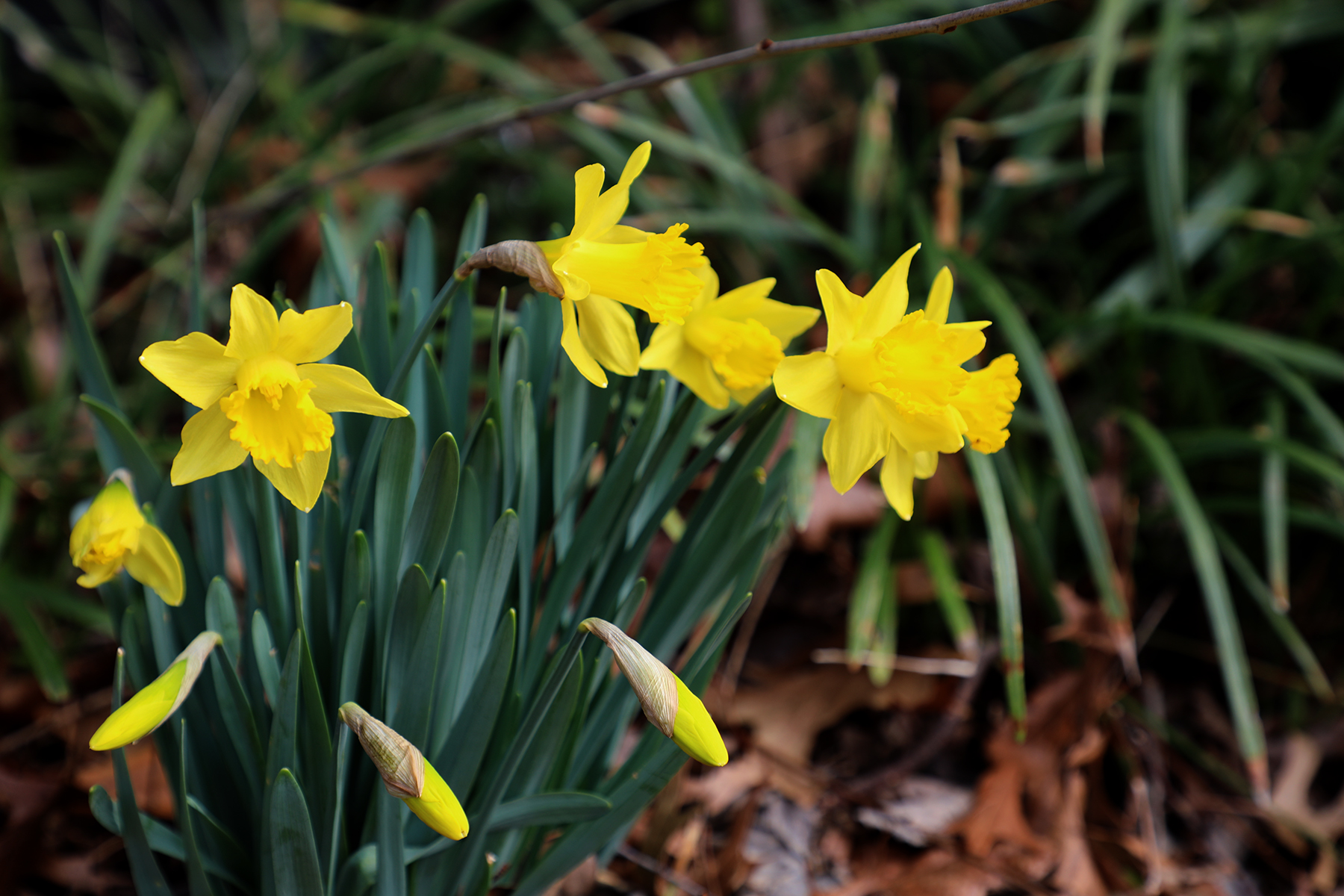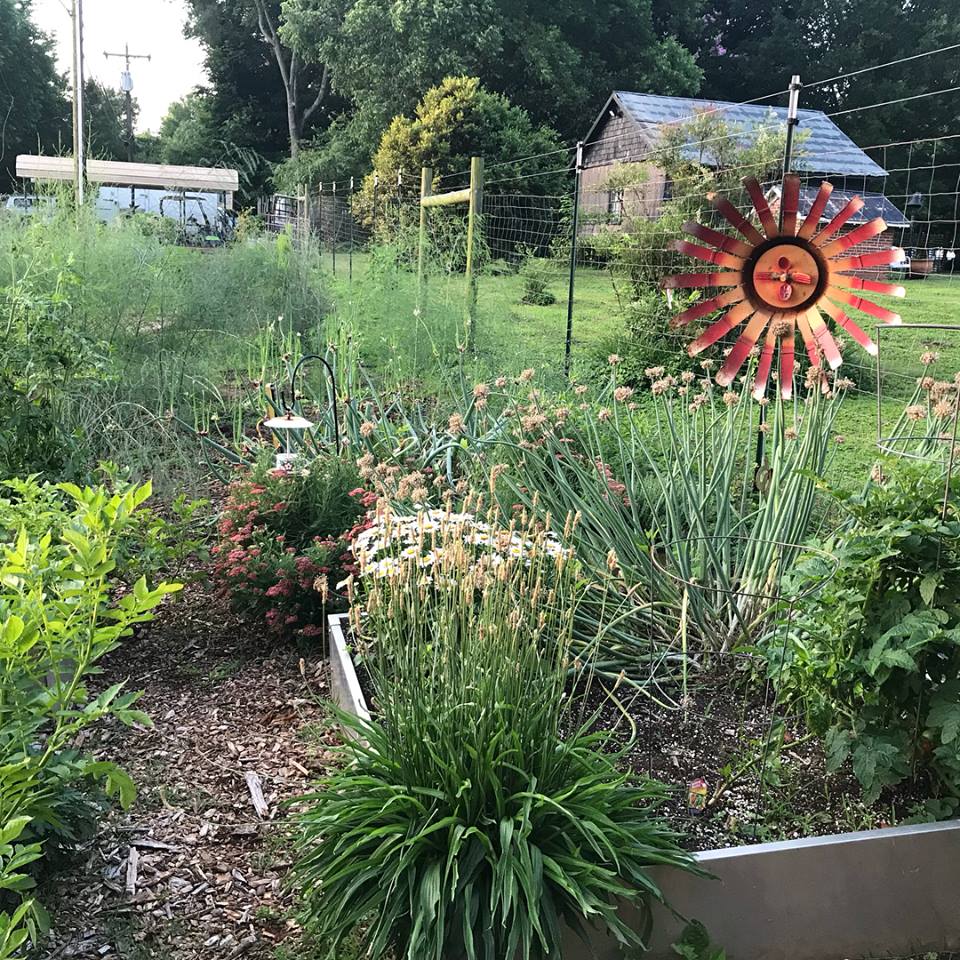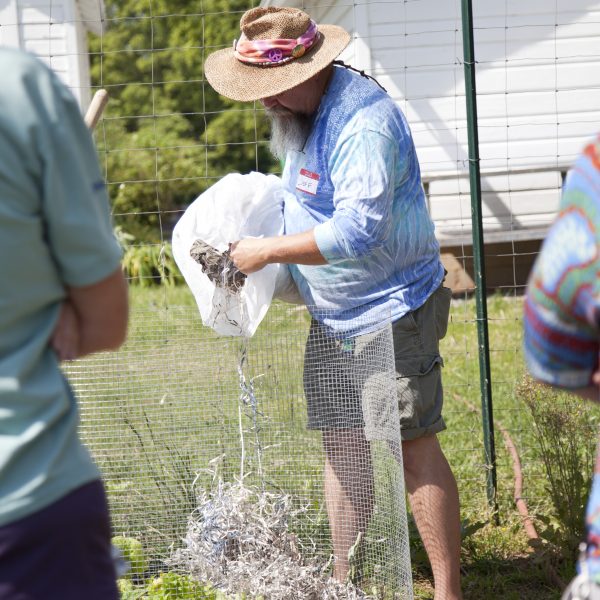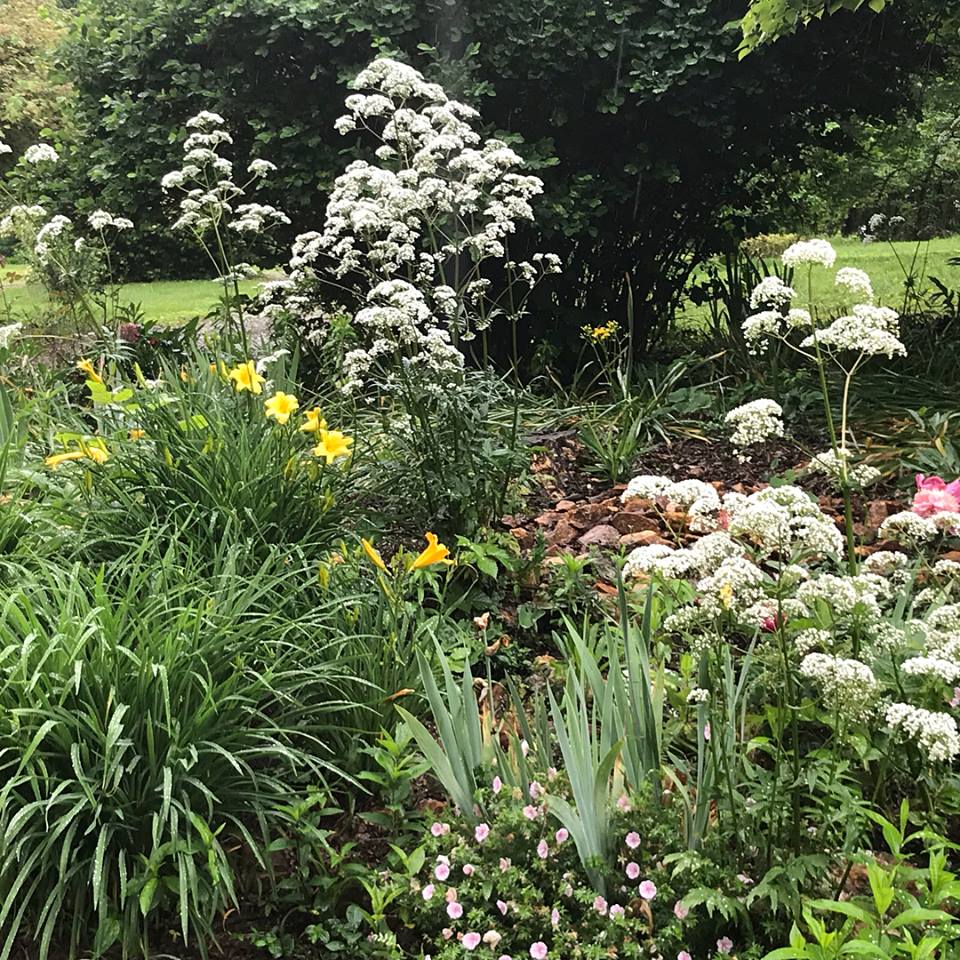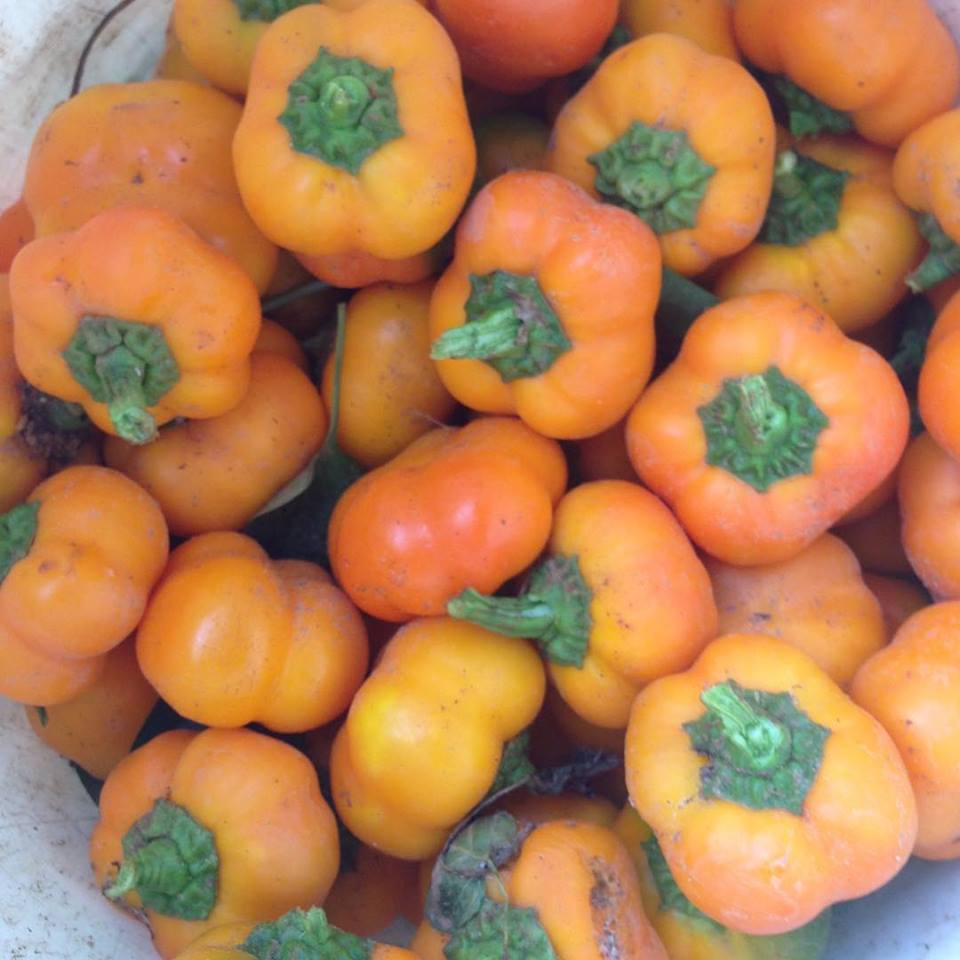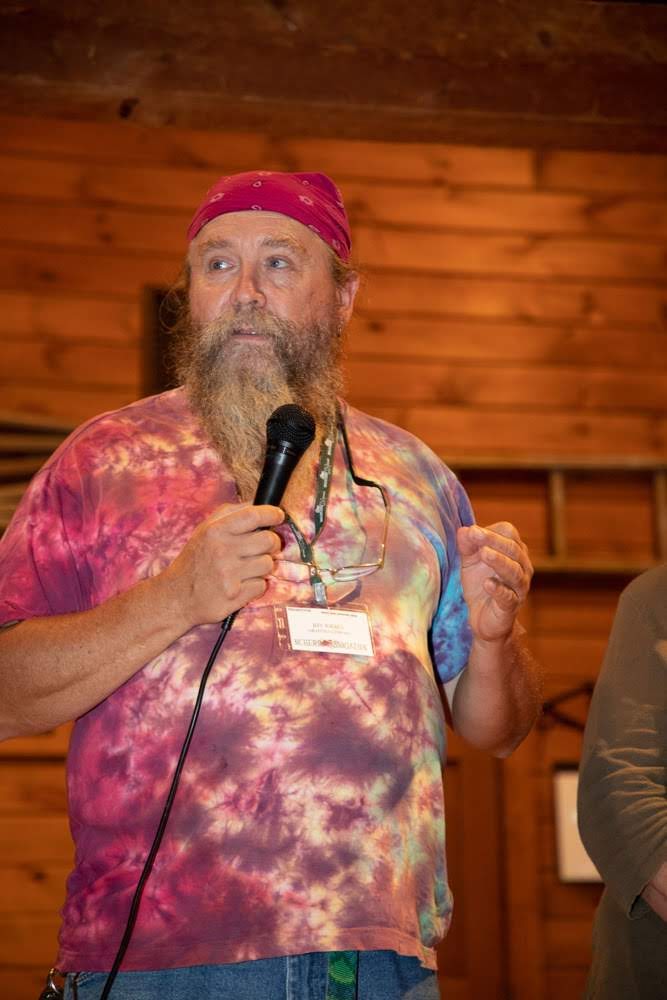Yesterday, Jeff Rieves, friend, Beacon contributor, and exceptional gardener passed away. His final Facebook post was a meme that reads, “The idea is to die young as late as possible.” I guess that’s what he did. Today, we remember Jeff for his insight, humor, and that well of knowledge he loved to share. Our gardens and our lives were and will continue to be, enriched by him.
“I’ve been “up on the mountain”, as the locals refer to the part of Patrick County, VA, where my mother lives, giving thanks for the gifts in our lives, and helping Ma with some winter lawn and garden chores... ”
“Most of my Life has been spent with books and gardens. Even my career has revolved around the the worlds of plants and words. They have informed each other, shaped how I see the world, and helped make me who I am today. ”
“This Old Testament admonition to the children of Israel is a call to action for gardeners in the Fall. While more gardeners are always welcome, in this instance, we are multiplying the plants in our garden.”
“Fall planted garlic gets a light mulch to protect it from the wide variations in temperature that we often experience in winter. Normally I use leaves, but wheat straw is OK, too. Before you ask, pine needles will work, but I personally don’t like using them. (That’s another subject I’ll cover some other time.) ”
“We tend to segregate our plantings...We plant an herb garden here, a vegetable garden there, a perennial flower border somewhere else, but there are lots of ways to include more food plants into all of our landscape, a technique called edible landscaping.”
